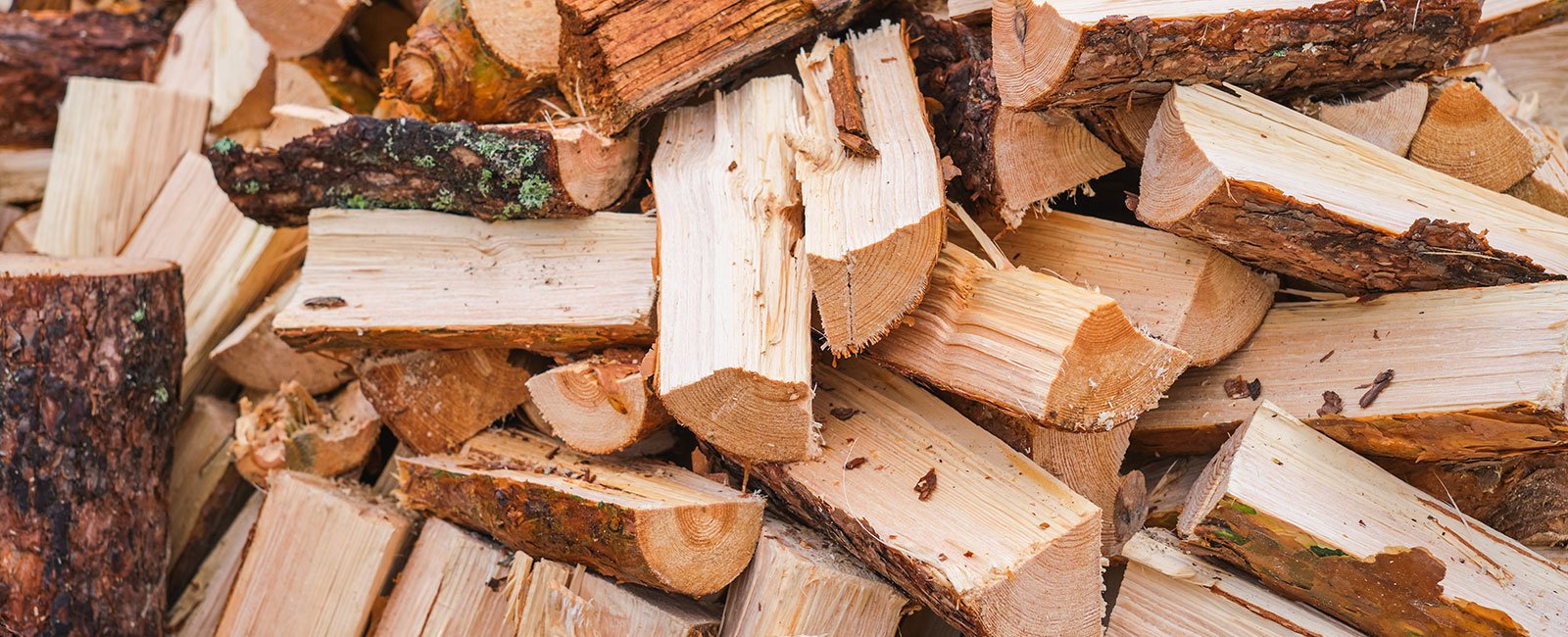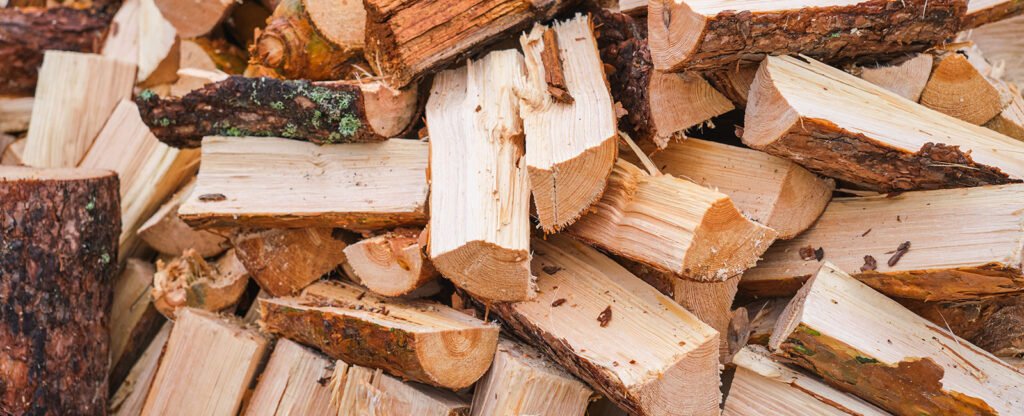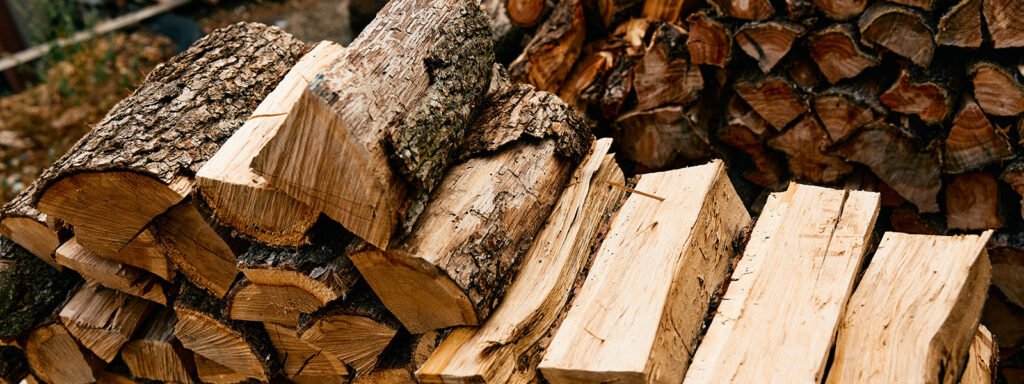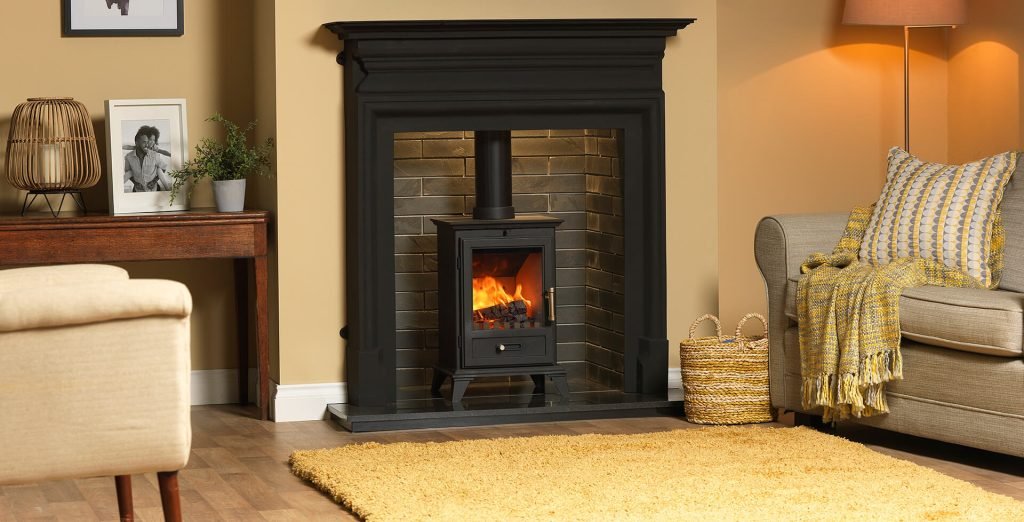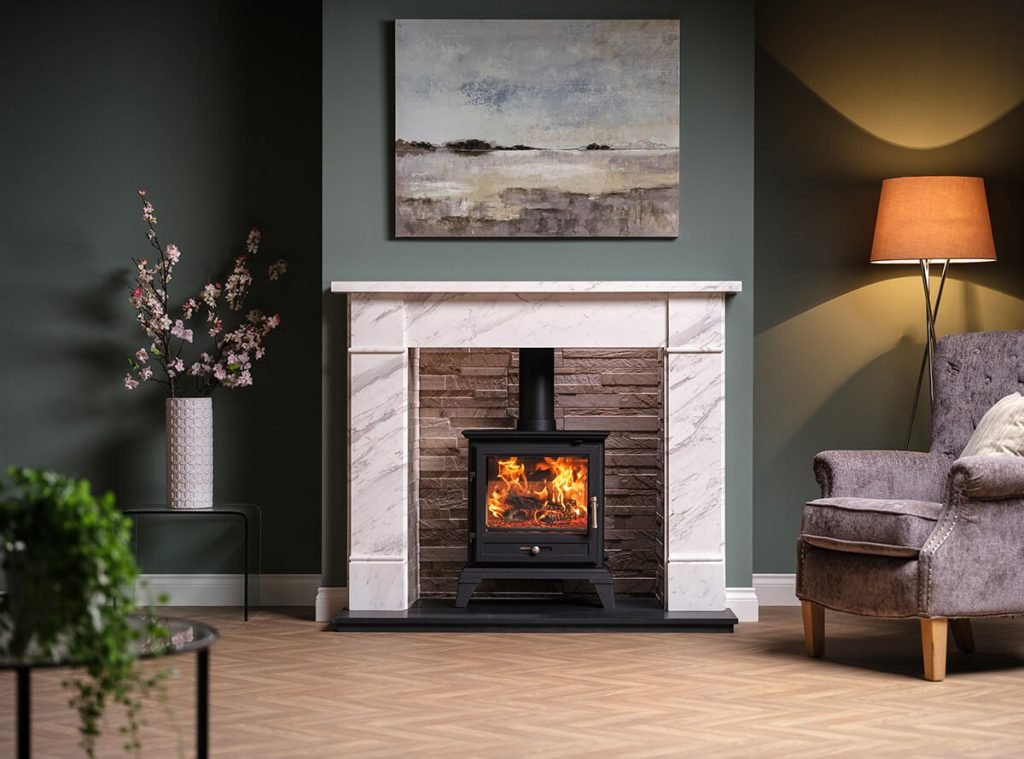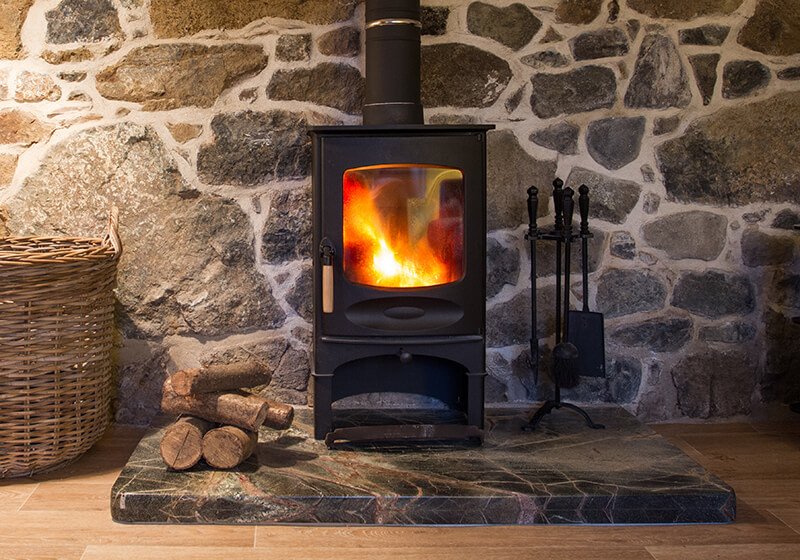Table of contents:
What Is Seasoned Firewood? A Beginner’s Guide to Wood Drying
If you have ever lit a fire that smokes, sizzles, or struggles to catch, the problem probably isn’t your stove but the wood you are using.
Seasoned firewood burns hotter, cleaner, and more efficiently than freshly cut logs. Understanding how wood seasoning works can save you money, protect your stove, and help you enjoy a better fire all year round.
Why Season Firewood?
Seasoning simply means drying wood until most of the internal moisture has evaporated. Freshly cut wood can contain up to 60 per cent water, which must be removed before it will burn properly.
Seasoned wood offers several important benefits:
Better heat output
Dry wood burns hotter and more efficiently because less energy is wasted turning water into steam.
Cleaner burning
Burning wet logs creates thick smoke and tar deposits, which can lead to dangerous creosote buildup. To keep your stove safe and efficient, regular chimney sweeping is essential alongside using properly seasoned wood.
Safer for your chimney
Moisture in unseasoned logs contributes to creosote buildup, which can increase the risk of chimney fires.
Lower emissions
Drier logs produce fewer pollutants, helping to meet UK clean air standards.
How Does Wood Seasoning Work?
Seasoning happens when air and heat gradually remove moisture from inside the wood.
When logs are split, air can circulate around their exposed surfaces, allowing the water trapped within to evaporate.
This process happens in two stages:
- Free water – the loose water near the surface escapes first.
- Bound water – moisture held deeper within the wood fibres takes longer to leave.
The drier the air and the better the ventilation, the quicker the process. In the UK’s damp climate, this can take anywhere from six months to two years depending on wood type and weather conditions.
How Long Does It Take to Season Wood?
Different woods dry at different speeds, and the environment plays a big part too.
- Hardwoods such as oak, ash and beech are denser and usually take 12 to 24 months to season properly.
- Softwoods like pine or spruce dry faster, often within 6 to 12 months.
- Split wood seasons faster than full logs because it exposes more surface area to the air.
- Well-ventilated storage in a sunny, breezy area speeds things up considerably.
A good rule of thumb is to allow wood to dry for at least one full year before burning.
How to Tell if Firewood Is Seasoned
Here are some simple checks you can do to make sure your logs are ready to burn:
- Weight – seasoned logs feel noticeably lighter than freshly cut ones.
- Sound – tap two logs together. A dry log will make a hollow clack, while a wet one will produce a dull thud.
- Appearance – look for cracked ends, loose bark, and a pale, dry surface.
- Moisture meter – for accuracy, use a handheld meter. The ideal reading is 20 per cent moisture or less.
- Smoke test – if your fire produces minimal smoke and the glass on your stove stays clear, your logs are properly seasoned.
Seasoned vs Kiln-Dried Wood
Both types of wood are dry, but they are prepared differently.
- Seasoned wood dries naturally outdoors over several months or years. It is environmentally friendly and often cheaper but takes time and careful storage.
- Kiln-dried wood is dried in a controlled environment, reaching lower moisture levels (often around 10–15 per cent). It lights quickly, burns cleanly, and can be used straight away but usually costs more.
Many homeowners choose a mix of the two, keeping kiln-dried logs for immediate use and seasoning their own supply for future winters.
Practical Tips for Seasoning Firewood at Home
If you cut or buy green wood, here’s how to season it effectively:
Split the wood early
Smaller pieces dry faster, so split logs soon after cutting.
Store off the ground
Use pallets or a log rack to keep your stack raised and dry. You can read more about storing your firewood here.
Allow airflow
Stack logs loosely with gaps between them. Avoid pushing the pile against a wall or fence.
Cover the top only
Protect your wood from rain with a waterproof sheet or roof, but leave the sides open for ventilation.
Choose a good location
A sunny, breezy spot helps draw moisture out. Avoid shaded, damp corners of the garden.
Rotate your logs
Use the oldest, driest wood first and keep newer logs at the back.
With a bit of patience, your wood will be dry, efficient, and ready for your log burner when the cold weather arrives.
Expert Advice from Flue & Flame
At Flue & Flame, we regularly advise customers on how to prepare and store their firewood. Our recommendations are simple:
- Start seasoning wood in spring so it has plenty of time to dry before winter.
- Keep your log store in a place that gets good sunlight and airflow.
- Always test wood moisture before burning to protect your stove and chimney.
- For the best results, combine naturally seasoned hardwood with kiln-dried wood when needed.
Properly seasoned logs are the foundation of an efficient, clean-burning fire. They save money, reduce emissions, and keep your home feeling warm and inviting all season long.
If you’re planning to install a new log burner or upgrade your current setup, our experienced team offers stove installation across Greater Manchester ensuring safe fitting and optimal performance for years to come.
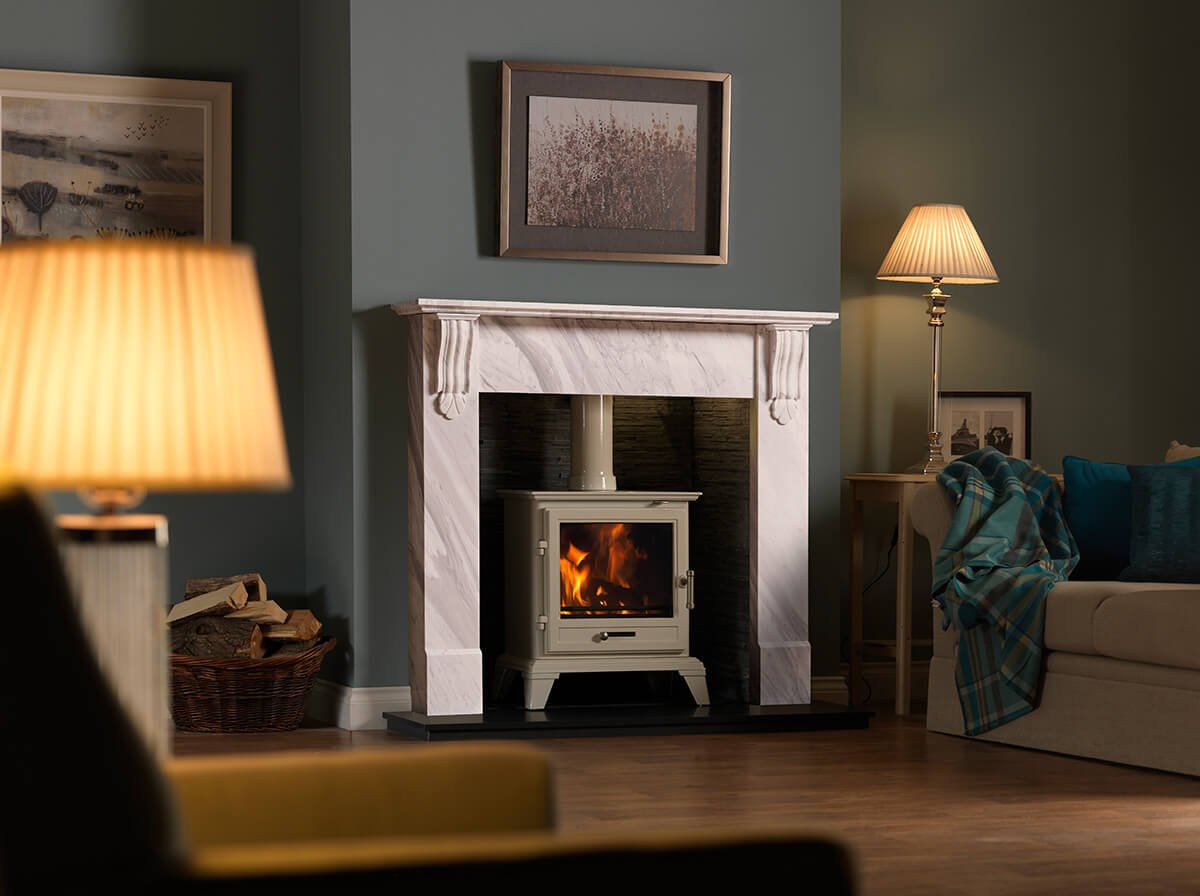
Build your perfect log burner installation quote here
